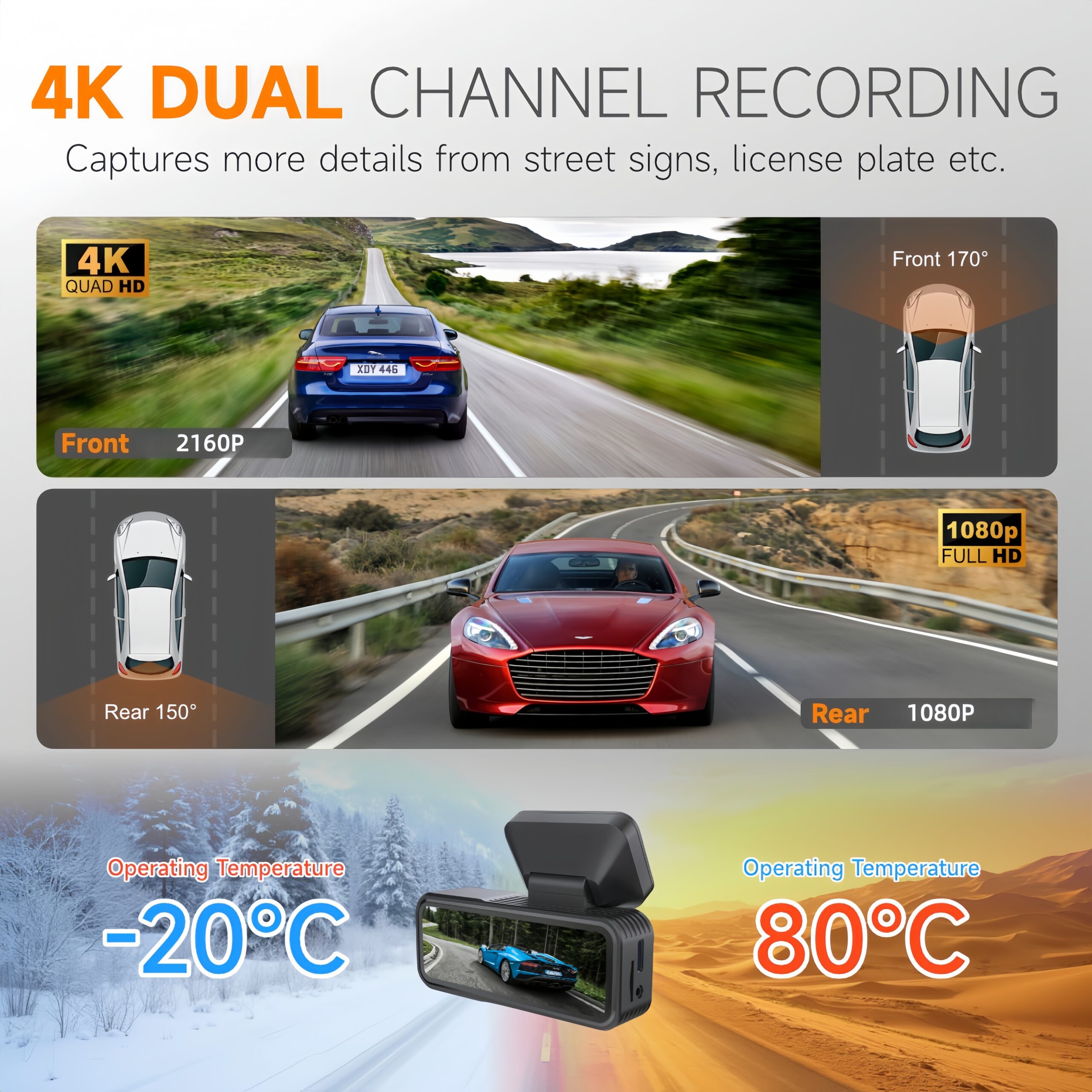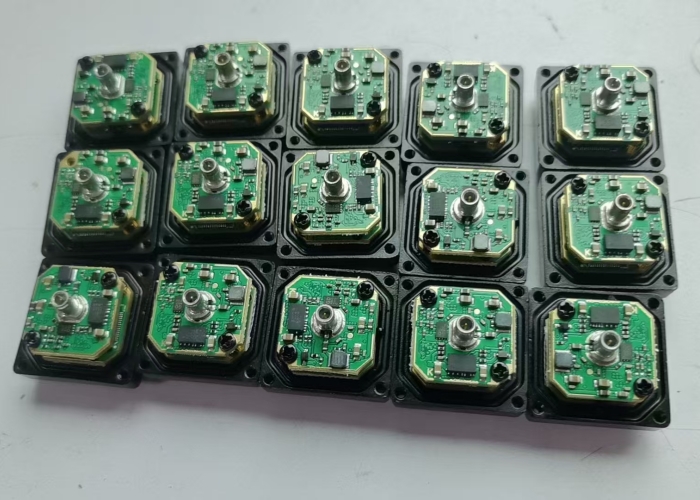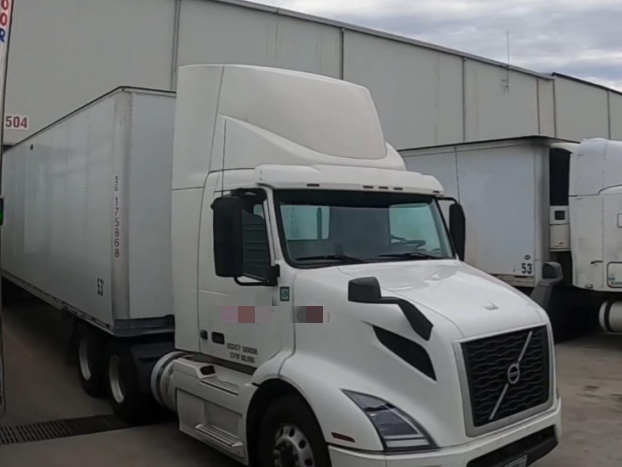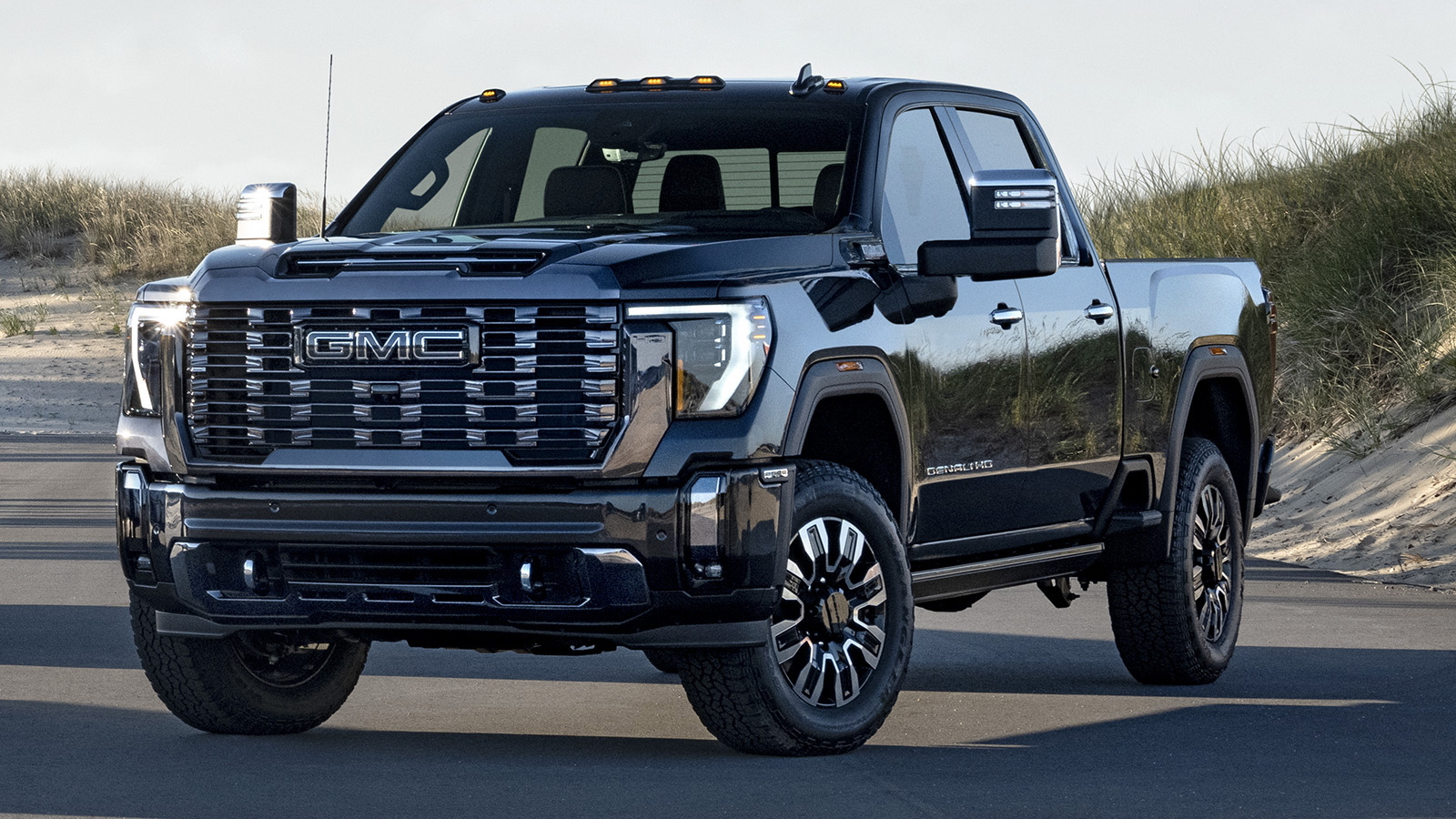LVDS (Low-Voltage Differential Signaling) in automotive applications is a critical technology for high-speed, noise-resistant data transmission. Here’s a structured overview:
Key Features of LVDS:
- Noise Immunity: Uses differential signaling to cancel electromagnetic interference (EMI), crucial in the electrically noisy automotive environment.
- Bajo consumo: Operates at low voltage (≈1.2V), reducing energy use, important for electric vehicles.
- High-Speed Data Transfer: Supports bandwidths up to several Gbps, enabling real-time video and sensor data transmission.
Applications in Automotive Systems:
- Infotainment & Displays: Connects head units to high-resolution screens (dashboards, center consoles) with minimal EMI.
- ADAS & Cameras: Transmits video from surround-view, backup, and lane-monitoring cameras to processing units.
- Sensor Networks: Facilitates data transfer from LiDAR, radar, and cameras for autonomous driving systems.
- SerDes (Serializer/Deserializer) Integration: Reduces wiring complexity by converting parallel data to serial LVDS streams, critical for weight and cost savings.
Automotive-Specific Considerations:
- Robustness: Components meet stringent standards (e.g., AEC-Q100) for temperature extremes, vibration, and humidity.
- EMC Compliance: LVDS’s noise resilience helps pass automotive electromagnetic compatibility tests.
- Escalabilidad: Evolves to support increasing bandwidth demands from advanced features like 4K displays and autonomous systems.
Complementary Technologies:
- FPD-Link: A serialized LVDS interface for video, reducing wire count in displays and cameras.
- Automotive Ethernet: Handles broader data communication, while LVDS focuses on high-speed physical-layer links.
Advantages Over Alternatives:
- Replaces older interfaces (RGB, LVCMOS) with superior EMI performance.
- More efficient than parallel wiring, critical for reducing harness weight and complexity.
Challenges:
- Ensuring signal integrity over long cables in harsh conditions.
- Adapting to evolving bandwidth needs without sacrificing reliability.
Conclusión:
LVDS is indispensable in modern vehicles, enabling reliable, high-speed data transmission for safety, infotainment, and autonomous driving systems. Its noise immunity, efficiency, and integration with SerDes make it a cornerstone of automotive electronics.
Expanding LVDS Applications: Customized Automotive Solutions
As automotive technology advances, LVDS-based rearview cameras are becoming increasingly critical for safe, high-resolution backup and parking assistance systems. LVDS ensures reliable transmission of real-time video feeds even in challenging environments, making it the preferred interface for next-generation camera systems.
Our Expertise:
At DT-camera, we specialize in developing and customizing LVDS-based rearview camera solutions tailored to diverse vehicle models and OEM requirements. Our services include:
- Vehicle-Specific Integration: Custom LVDS camera designs optimized for unique form factors, power budgets, and connectivity needs.
- High-Performance Imaging: Support for HD/4K resolution with low latency, ensuring compliance with automotive safety standards.
- Soluciones escalables: Adaptable to evolving ADAS architectures, including multi-camera systems and sensor fusion platforms.
Why Partner With Us?
- Proven Expertise: Decades of experience in automotive-grade LVDS system design.
- Asistencia integral: From prototyping to mass production, with rigorous EMI/EMC testing.
- Eficiencia de costes: Streamlined designs reduce wiring complexity and assembly costs.
Contact Us Today to discuss how our LVDS camera solutions can enhance your vehicle’s safety and performance. Let’s innovate together!









